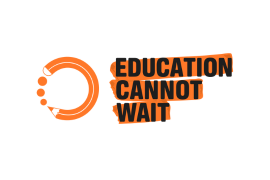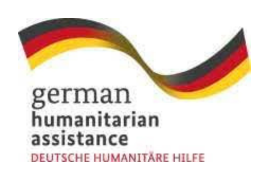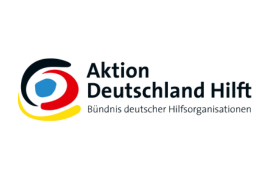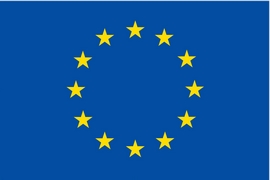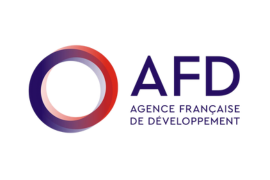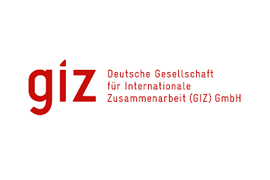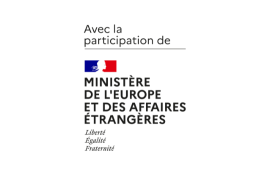HI Chad implements emergency response interventions and development projects in the fields of assistance to victims of violence, inclusion, mine action, physical and functional rehabilitation and inclusive education in emergencies. The programme seeks innovative and sustainable solutions to respond to real needs more effectively and to support the socio-economic development of the most vulnerable through inclusion and the development of income-generating activities and vocational training.
In the Lac region, HI contributes to the protection and education of children and carries out risk education activities for host communities and displaced people affected by the crisis. The programme also runs conflict transformation, social cohesion and inclusive local development activities.
HI also supports children with disabilities through psychosocial support and rehabilitation services, and implements the Stimulation Therapy approach for malnourished children aged 6 to 59 months.
In 2023, in response to the Sudanese crisis on Chad's eastern border, HI began working with refugee populations providing rehabilitation services and mental health support. HI is also active in the region in the fields of logistics and civil engineering. Atlas Logistique provides international and local humanitarian organisations with warehousing facilities for humanitarian supplies, and an airstrip has been rehabilitated to facilitate humanitarian access.











